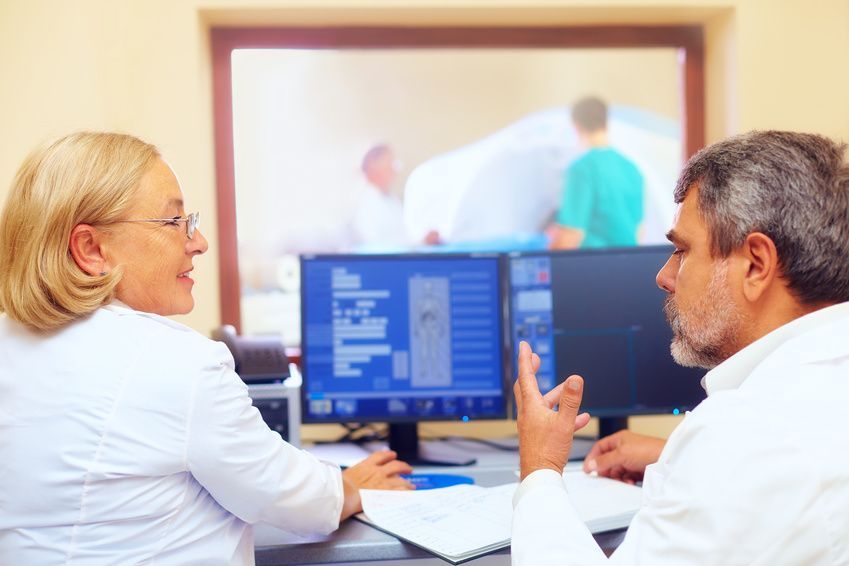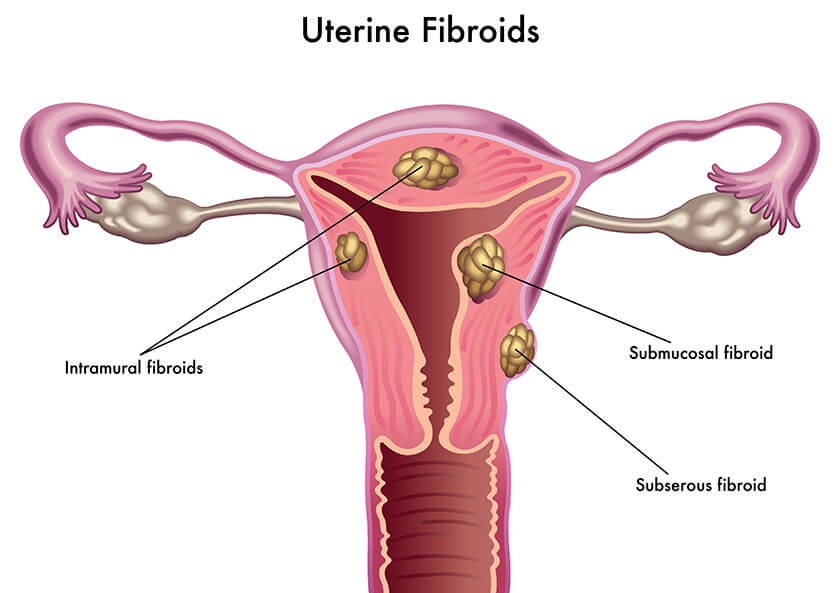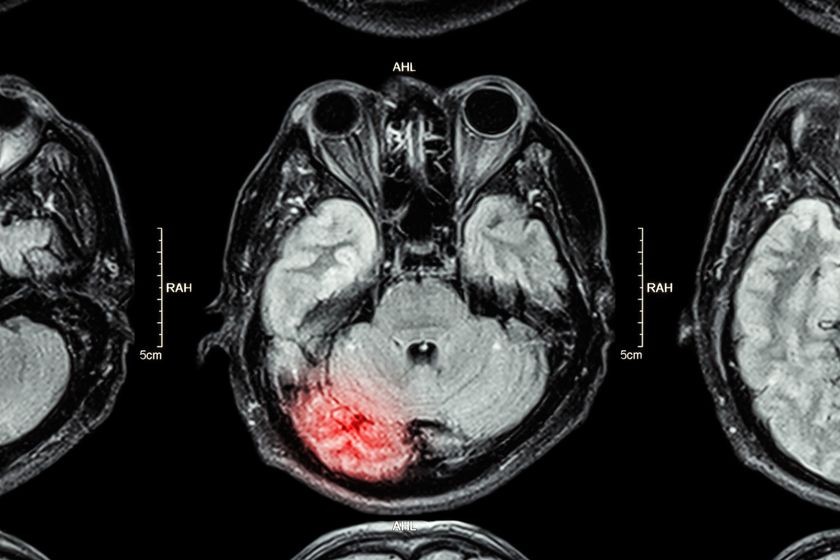

What an Ultrasound Can Be Used For

What is an ultrasound?
For the most part, many people associate ultrasounds with pregnancy. Expectant mothers will have this procedure performed in order to find out their babies’ genders and identify any anomalies or birth defects early on. But fetal imaging is only one of the common uses for ultrasounds.
How does the procedure work?
An ultrasound can develop a live image of the inside of the body using sound waves. A tool called a transducer is used to produce high frequency sounds that human ears cannot process and then uses the echoes to discover all the information about the organs and tissues inside. This information is then shown on a computer screen. It takes a trained ultrasound technician to be able to perform the test properly. Once the test is done, a radiologist or doctor can interpret the images in order to diagnose conditions.
What is an ultrasound used for?
An ultrasound has many different uses, but here are the most common:
- Pregnancy: In the beginning of the pregnancy an ultrasound image can be used to confirm pregnancy and reveal due dates. As the pregnancy progresses it can be used to determine the presence of twins and reveal the gender of the baby. And ultrasound can also be used to find out any problems like birth defects, breech positioning, ectopic pregnancies, issues with the placenta, and more.
- Diagnostics: Ultrasound imaging is often used to find out issues that include the heart and blood vessels, gallbladder, kidneys, bladder, ovaries, uterus, liver and basically any organ inside the body. This procedure is also used to perform a thyroid biopsy or a breast biopsy to determine if there is a presence of cancer. Doctors also use this imaging to help guide the biopsy needle through the skin to a very precise area in order to retrieve tissue to test. As many as 12% of women will develop invasive breast cancer and the easiest way to find it is through an ultrasound. It is possible for men to contract breast cancer also, but their chances are more like one in 1,000; for women, the likelihood increases to a one in eight chance.
What limitations does this procedure have?
The sound waves that allow for clear images do not travel well through parts of the body that may hold air, like the bowel or through bones. This makes it difficult to diagnose anything having to do with these parts of the body. Other tests must be performed to confirm an ultrasound.
What are the different types of ultrasound?
Most of the time an ultrasound can be successfully done using the transducer on top of skin. However, if this does not produce a clear picture the technician use a special transducer in one of the bodies openings.
What are the benefits of ultrasound?
- They are painless and do not require needles or incisions, although the transducer wand can sometimes be uncomfortable.
- There is no use of radiation which makes these tests safer than X-rays, CT scans or an MRI. There are absolutely no harmful side effects.
- Soft tissues don’t show it very well in the next day but very clearly in an ultrasound image.
- They are easily accessible and cost less and other techniques.
What is expected during ultrasound?
At times the doctor may issue instructions such is not eating or drinking or wearing lotion or perfume before the test. You may need to drink several glasses if your bladder needs to be full.
You will probably need to wear a gown so that the ultrasound technician can easily access the part of your body that will be screened.
You will be down on the bed and the ultrasound tech will use a water-based gel so that the transducer can make contact with the skin without allowing for any air between. Measurements, notes, and still images maybe taken during the process.
While an MRI can take up to two hours, an ultrasound can take anywhere from 10 minutes to about one hour. You will be awake and alert for the entire process, and the technician will often be able to show you on the computer what they are seeing.





